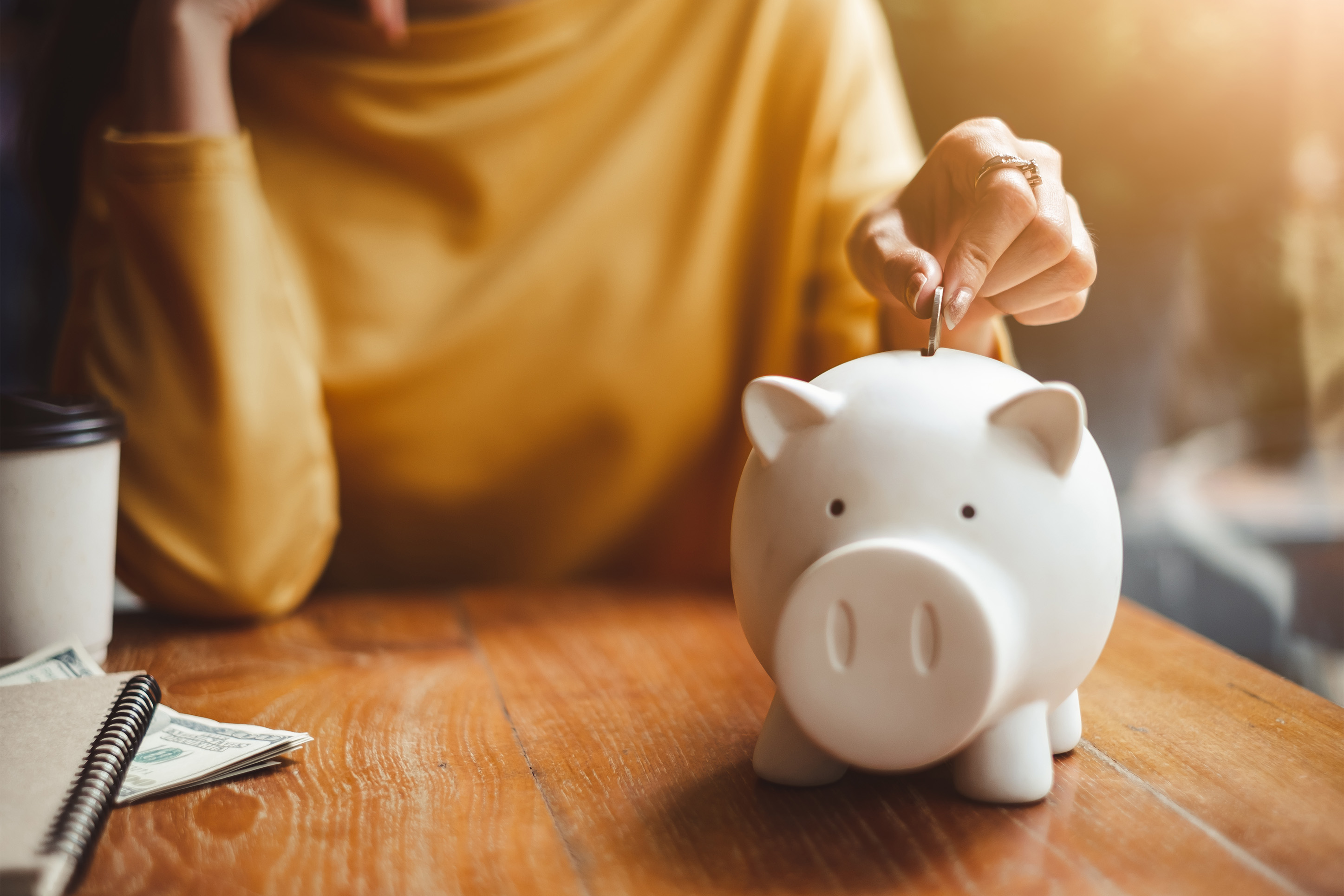Do the math
Most experts recommend saving up three to six months' worth of living expenses in an easily accessible savings account for emergencies like home repairs, car troubles, or layoffs. Take the time to do the math on what your nonnegotiable expenses are each month so you know exactly how much to save.
Set a goal
When you’ve calculated what three to six months of living expenses look like to you, set a savings goal for yourself. Maybe that’s not the full six months right away. It might be the amount you want to save in the first month. But working toward a goal makes it easier to remind yourself why you save. Take the time to write it down, check off progress points, and celebrate when you hit those big milestones.
Set up a separate savings account
Having an account just for emergency savings can help keep that fund separate from the rest of your savings. It’s easy to set up a dedicated account with your financial institution, and it’s often free, too. It just makes it that much easier to keep track of what your savings are for, whether it’s for emergencies or for an upcoming fun purchase. You might want to consider a money market account to earn a higher dividend rate than a standard savings account while still maintaining easy access to your money if you need it.
.jpg?width=2894&height=1929&name=2(7).jpg)
Put extra cash toward the fund
It can be tempting to spend a windfall right away. But stop to think about what that money could be doing for you in a month or in a year if you put it in savings. When you get a little extra cash—from tax returns, gifts, or economic stimulus payments—give your future self a boost by putting it away in your emergency savings.
Save automatically each month
When you pay yourself first, it’s harder to make excuses not to save. Through online banking, you can set up automatic transfers when your paychecks clear, putting a set amount straight into savings. The temptation to spend goes way down when the money is already out of your checking account, and you’re more likely to find savings success.
Don’t stop saving
When you reach your goal for your emergency fund, don’t stop saving. If you have a big purchase coming up, like a vacation or down payment on a vehicle, you don’t want to have to dip into your emergency fund to pay for it. Start saving separately for these expenses. You’re already in the habit of saving, so use that power to make big things happen with your finances.
.jpg?width=2894&height=1929&name=3(7).jpg)
RMCU has the tools to help you save more and keep your money safe. Find the account that’s right for you, and apply to become a member. Rain or shine, RMCU can help you make your financial dreams possible.

.jpg?width=2894&height=1929&name=2(7).jpg)
.jpg?width=2894&height=1929&name=3(7).jpg)
